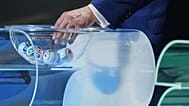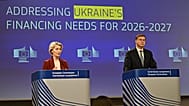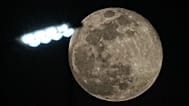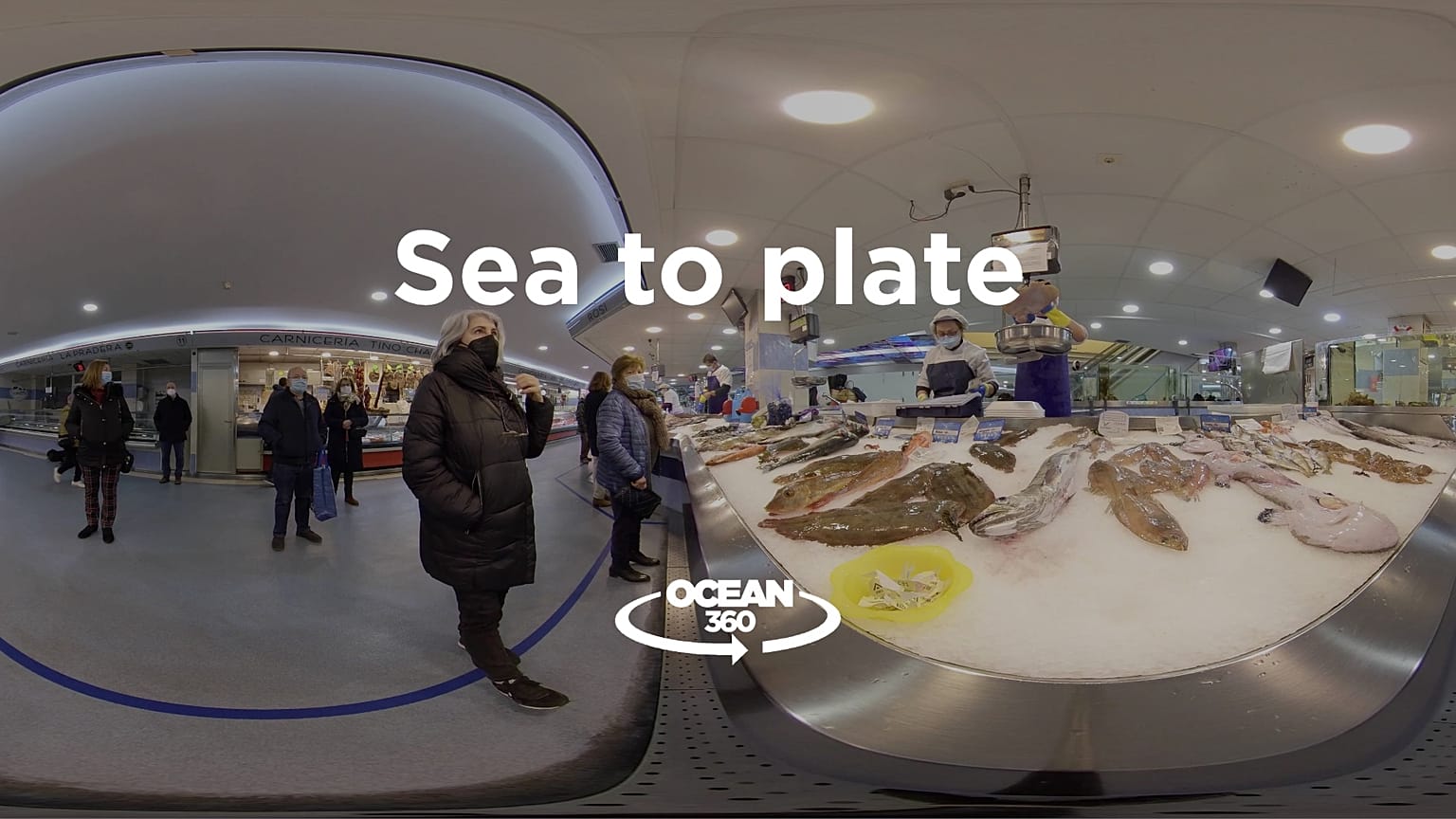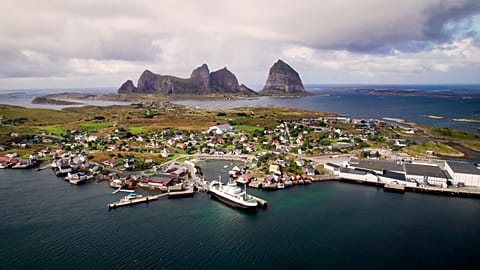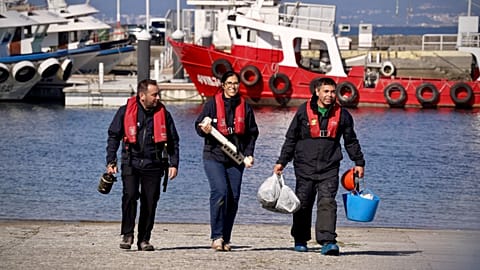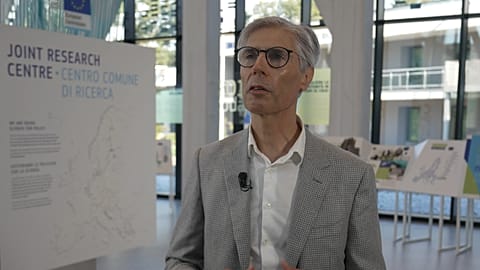How is the EU making sure that fish and seafood are caught in a sustainable way that protects the marine environment? Let's take a look at initiatives helping with traceability, quality and lowering illegal fishing.
The ocean is an important source of healthy protein for EU citizens, and it needs to be protected to safeguard the sustainability of fisheries. Europe's Common Fisheries Policy ensures this and minimises adverse impacts of fishing on the marine ecosystem.
The Flow of Information
Once the fish are caught in the wild or on a fish farm, they're placed on the market. All the important information about the catch is transferred down the supply chain. This guarantees that illegally sourced fish are kept off the EU market.
Traceability, food safety requirements and quality are essential, as 70% of seafood and aquaculture products are imported into the EU.
The Circular Economy
Food waste is another concern addressed by regulations. EU requirements optimise the use of fish and other seafood products for different purposes at every step of the supply chain to minimise wastage.
With its Farm to Fork strategy, Europe is aiming to create a sustainable food system, which will benefit consumer health and quality of life. The goal of EU policies is to ensure the diversity and durability of seafood products available to consumers.
At the final stage of the supply chain, seafood and fish are sold by fishmongers and retailers.

